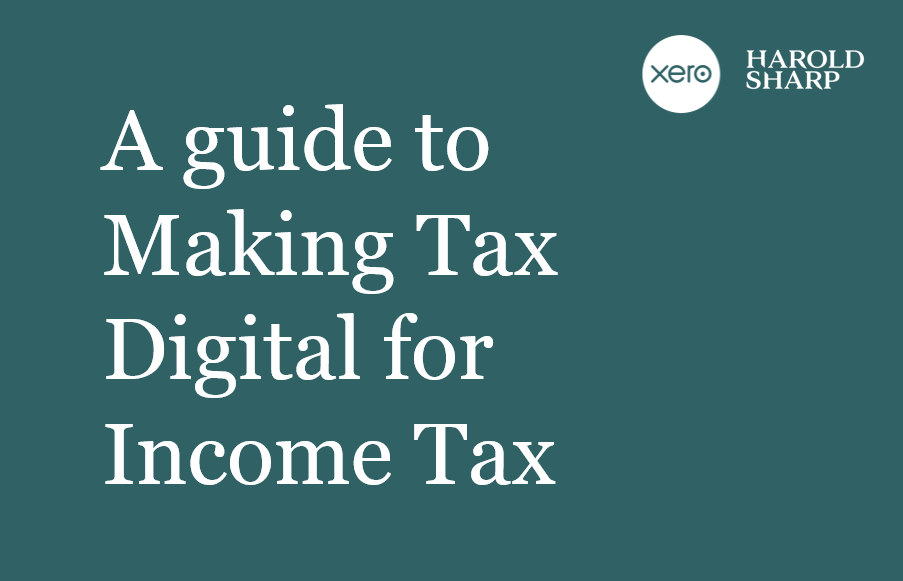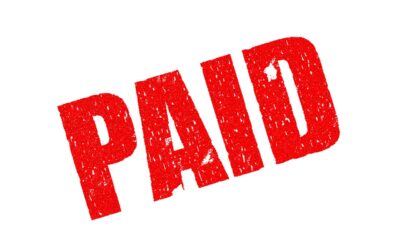MTD for Sole Traders
From April 2026, MTD will impact those who pay income tax via self-assessment. Individuals with a total combined sole trade business and property income above £50,000 per year will be affected.
What does MTD for ITSA mean for sole trade businesses?
From 6 April 2026, sole trade businesses will need to keep and maintain digital records. They will also be required to use MTD compatible software to manage, track and send quarterly updates to HMRC.
An End of Period Statement (EOPS) will need to be submitted by the 31 January following the tax year. A Final Declaration will also need to be made, to include other sources of taxable income such as savings and investment income.
If you own multiple businesses, the income earned from all of them contributes to the £50,000 threshold. Any additional income from property also contributes to the £50,000 threshold.
What is a quarterly submission?
Your quarterly submission summarises your income and expenditure for each quarterly period. These updates can be quickly pulled together in your cloud-based accounting software, providing you keep your digital records up to date. You can submit these updates yourself or you can authorise your accountant/bookkeeper to do so. Contact us for more information.
What is an End of Period Statement?
The End of Period Statement (EOPS) is an annual submission that must be completed by 31 January of the following tax year. It must be completed for each source of business income. Any accounting adjustments and reliefs must be processed prior to completing the EOPS. Approved software will pull your EOPS together for you.
What is a Final Declaration?
You will need to make a single final declaration by 31 January following the tax year. It will bring together all data including business and non-business income needed to finalise your tax position and calculate your tax liability. The final declaration is the MTD equivalent of the self-assessment tax return. It can be prepared by your accountant but you will need to sign it to confirm that the updates that are provided are accurate.
Benefits of early adoption
At Harold Sharp we have already been through the first phase of MTD with our VAT registered clients. We know that MTD will benefit our sole trader clients in the following ways:
- Information can be accessed anytime/anywhere
- Digital records are easily retrieved and do not require physical storage
- Easier visibility to help manage your business more effectively
- More regular contact with your accountant
- Review profits on a quarterly basis and budget for future liabilities

Get MTD compliant today
Digital record keeping has many benefits beyond compliance which is why we strongly advise sole traders to jump onboard early.
Ready to discuss your options and to start reaping the benefits today? Contact our Digital Advisory team.
MTD timeline
Making Tax Digital for VAT
Making Tax Digital for Income Tax
April 2026
Self-employed and partnership businesses and landlords with annual business or property income above £50,000 will need to follow the rules for MTD for Income Tax from their next accounting period starting on or after 6 April 2026.
What does this mean? When MTD for income tax becomes mandatory, affected businesses will be required to:
-
- maintain their accounting records digitally in a software product or spreadsheet (see above re MTD compliant software / bridging solution). Maintaining paper records will no longer meet the requirements of the tax legislation; and
- submit information quarterly to HMRC and finalise their tax position after the end of the tax year. The quarterly updates and end of year reports will need to made using a functional compatible software product that can access HMRC’s API (Application Program Interfaces) platform.
Self-employed businesses or landlords currently have the option to voluntarily opt-in to keeping digital records and submitting Income Tax updates to HMRC, instead of filing a Self-Assessment tax return, ahead of the requirement which will come into force in April 2026.
Making Tax Digital for Corporation Tax
Let’s get digital
Start your MTD ITSA journey today and start benefiting from digital record keeping.
Call us on 0161 905 1616 or request a callback by filling the form below, and one of our team will be in touch within 48 hours.
Fintech Friday blog
The Power of Outsourcing
For the past couple of years we’ve been blogging relentlessly about the benefits of cloud accounting, all the different areas it can help...
Our Day Out: Accountex Summit North 2021
Fintech Friday this month follows our digital advisory team who attended Accountex North on Monday 20 September. The event was designed to keep us...
The Accounts Receivable Revolution
When reviewing client accounts, some aspects have become more streamlined. All areas, from bank reconciliations to processing Purchase Invoices,...



